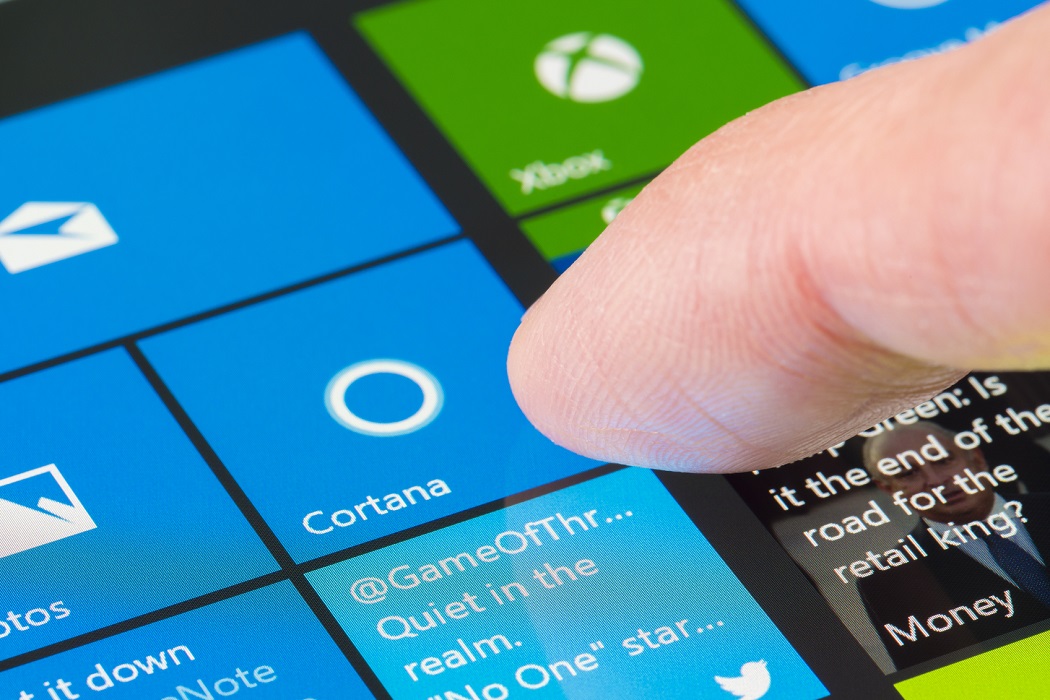
(Image Credit: iStockPhoto/ymgerman)
Despite the disdain from high-profile developers surrounding their strategy, Microsoft continues to improve the development experience on their platform with the launch of an open-source UWP toolkit and new functionality to enable Windows 10 apps to send notifications to specific users.
UWP Community Toolkit
Starting with the open-source UWP Community Toolkit, Microsoft announced the project's launch on its official developer blog earlier today. The kit will enable a simplified UWP app development process across the many supported devices – PC, Mobile, IoT, HoloLens, and now Xbox.
The UWP toolkit features new helper functions, custom controls and app services that simplify or demonstrate common developer tasks. Microsoft says, where possible, their goal is to allow app developers to get started with just one line of code.
One provided example demonstrates how the UWP toolkit handles all the OAuth authentication steps behind-the-scenes when enabling content sharing from your app:
// Initialize service
TwitterService.Instance.Initialize("ConsumerKey", "ConsumerSecret", "CallbackUri");
// Login to Twitter
await TwitterService.Instance.LoginAsync();
// Post a tweet
await TwitterService.Instance.TweetStatusAsync("Hello UWP!");
Similarly, UI elements can be animated with a single line of code:
await element.Rotate(30f).Fade(0.5).Offset(5f).StartAsync();
The UWP Community Toolkit 1.0 can be used by any new or existing UWP application written in C# or VB.NET, and is compatible with apps developed using Windows 10 SDK Build 10586 or above. The toolkit is available as NuGet packages (Microsoft.Toolkit.UWP) that can be added to any existing or new project using Visual Studio.
You can download the UWP Community Toolkit Sample App in the Windows Store to preview the toolkit’s capabilities even before installing the tools or downloading the SDK. Microsoft is seeking community feedback in this release that will influence future versions of the Windows 10 SDK.
Windows 10 Targeted Notifications
Also improved for developers is the way in which notifications are handled in Windows 10 – allowing deployed applications to notify just specific users. Rather than spam all users with notifications this will allow improved targeting for those of which it’s relevant; such as specific offers.
“With this feature, you can quickly create custom notifications to send to your app's customers – all of them, or to only a selected segment that meets the criteria you define, like demographics and purchase status. Customer segments and notifications can be used to encourage desired actions (like buying something) or for loyalty and retention campaigns, maximising cross and up-sell opportunities, identifying product differentiation strategies and discovering what each segment finds most valuable,” the company explains.
To define a segment of your app’s customers:
- Click Customer groups from the left navigation pane of your Dev Center dashboard.
- Use a segment template or click Create new group.
- Choose your app and construct your own filter criteria.
- Click Run to apply your filters and see quick results.
- Save your segment for later use.
After you save a segment, it will become available for notifications after 24 hours. Once again Microsoft is seeking feedback on this feature and plans to flesh it out with more attributes based on requests.
What are your thoughts on the latest Windows 10 development features? Let us know in the comments.





